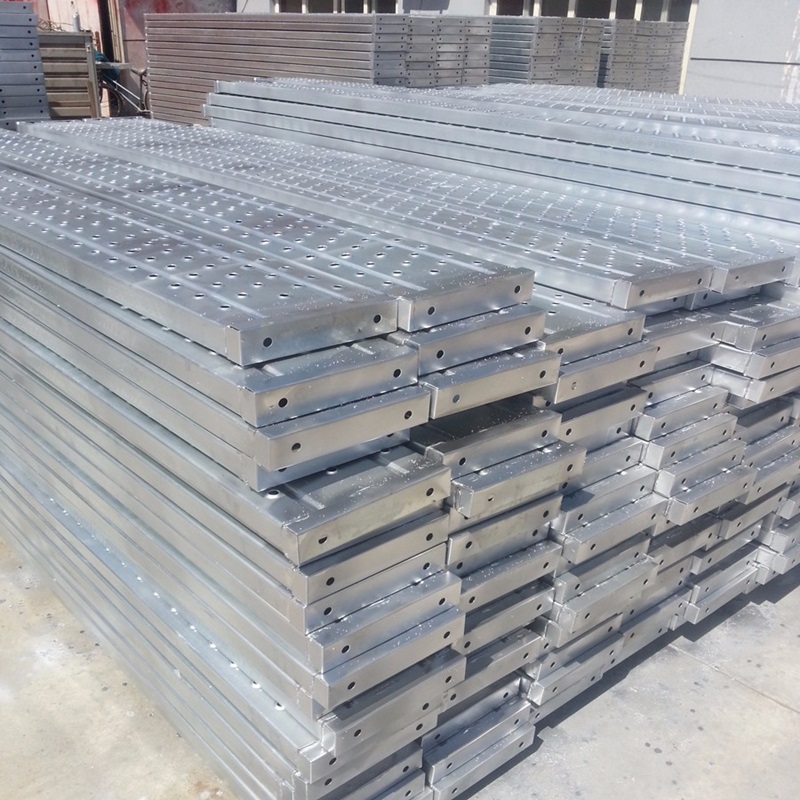Aug . 17, 2024 09:37 Back to list
Razor Barbed Wire Fence Manufacturing Company with High-Quality Security Solutions
The Importance of Razor Barbed Wire Fences and Their Manufacturing
Razor barbed wire fences have become an essential component in the realm of security and perimeter protection across various sectors, from agriculture to military installations. These fences are not only effective in deterring intruders but also provide a clear boundary for properties, ensuring safety and security. Understanding their manufacturing process provides insight into their effectiveness and durability.
The Manufacturing Process
The production of razor barbed wire begins with the careful selection of raw materials. High-quality steel wire is typically used due to its strength and resilience. The manufacturing process usually involves several stages, including wire drawing, twisting, and barbing.
1. Wire Drawing This is the initial stage, where large coils of steel are pulled through a series of dies to reduce their diameter and increase their length. The quality of the steel must be maintained throughout this process to ensure the final product’s strength.
2. Twisting After the wire has been drawn, it is twisted together in strands to create the core of the barbed wire. This twisting process is critical because it gives the wire its strength and ensures that it can withstand tension when installed.
3. Barbing The defining feature of razor barbed wire is, of course, the barbs themselves. These are created by cutting thin strips of razor wire and affixing them to the twisted strands at regular intervals. The barbs are typically pointed and sharp, making it extremely difficult for anyone to climb over. The sharp edges can inflict serious injuries, serving as a formidable physical deterrent.
razor barbed wire fence factory

4. Coating To enhance durability and resistance to environmental factors, the finished wire is often coated with materials like galvanized zinc or plastic. This step not only protects the wire from rust and corrosion but also ensures that it maintains its aesthetic appeal over time.
5. Quality Control Quality control is paramount in the manufacturing process. Each batch of razor barbed wire is tested for strength, resistance to environmental damage, and sharpness of the barbs. This ensures that the final product meets industry standards and customer expectations.
Applications of Razor Barbed Wire Fences
Razor barbed wire fences are widely used in various applications. In the agricultural sector, they are commonly employed to secure livestock and protect crops from wildlife and theft. In urban settings, they serve as a prominent security feature for warehouses, industrial facilities, and commercial properties. Moreover, military installations and government buildings utilize these fences as a deterrent against unauthorized access.
In addition to their physical security benefits, razor barbed wire fences also provide a psychological barrier. The sight of such fences can prevent potential intruders from attempting to breach a property, as they signal that the area is well-protected.
Conclusion
The manufacturing of razor barbed wire fences is a meticulous process that results in a product that is both effective and durable. By understanding the intricacies of their production, we can appreciate their critical role in enhancing security across various sectors. As threats to security continue to evolve, the demand for sturdy and reliable protective solutions like razor barbed wire fences will remain significant, underscoring their importance in modern society. Whether for industrial, agricultural, or residential use, these fences provide peace of mind and a strong deterrent against intruders.
-
Hop Dipped Galvanized/PVC Coated Temporary Fence - Anping County Xingzhi Metal Wiremesh Products Co., Ltd.|Temporary Fencing Solutions, Durable Security Products
NewsJul.30,2025
-
Hop Dipped Galvanized/PVC Coated Temporary Fence-Anping Xingzhi|Durability&Cost-Effective
NewsJul.30,2025
-
Hop-Dipped Galvanized PVC Fence - Anping Xingzhi | Durable, Quick Deployment
NewsJul.30,2025
-
Hop Dipped Galvanized/PVC Coated Temporary Fence - Anping County Xingzhi|Temporary Fencing, Durable Security, Customization
NewsJul.30,2025
-
Hop Dipped Galvanized PVC Coated Temporary Fences - Anping County Xingzhi|Durable Corrosion Resistance, Quick Installation
NewsJul.30,2025
-
Hop Dipped Galvanized / PVC Coated Temporary Fence - Anping County Xingzhi Metal Wiremesh Products Co., Ltd|Durable Temporary Fencing&Versatile Applications
NewsJul.30,2025



